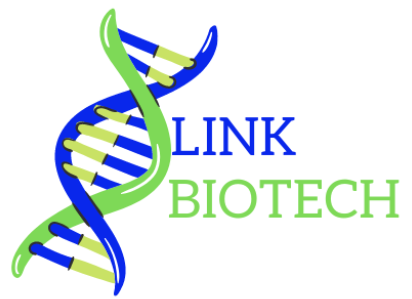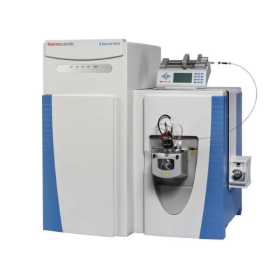Proteomics is one of the most important research topics in the field of life science, along with genomics and transcriptomics. With the assistance of next-generation sequencing, large-scale sequence information can be used in mass-spectrometry-based proteomics. Based on the development of mass spectrometry, we can identify thousands of proteins in a short time and also compare the difference in the amount of a protein in two different samples or treatments. Our proteomics service can also identify post-translational modification (PTM) sites, epitope mapping, and protein sequencing, which are all very important in cell modification and regulation. Finally, proteomics can help us to discover the information that genomics can’t explain and help us in developing the study of the protein drug.
-


- Proteomics
Bioinformatic Analysis
- We provide signal and metabolism pathway analysis and bioinformatics analysis with known databases.
- Read more
-
- Proteomics
ITSI-Biosciences
- ITSI-BIOSCIENCES (ITSIBIO) is a leading developer of ready-to-use kits for biomedical research. We also provide fast, accurate and affordable genomics, proteomics and mass spectrometry services using state-of-the-art technologies. Through strategic relationships between ITSIBIO and a number of reputable companies, our clients may also have access to QuantiGene products, custom ELISA kits, DNA/protein arrays and products for DNA storage at room…
- Read more
-


- Proteomics
Post Translation Modification Site Analysis
- Protein expression will not only be determined by physiological changes of the cell, post-translational modification (PTM) is also a critical factor. The traditional method of identifying PTM site of a protein is done by antibodies, which will be affected by the specificity of an antibody, and also by a chance that there is no antibody that can bind to the…
- Read more
-


- Proteomics
Protein Identification Analysis
- To understand the protein composition of a sample, we can use mass spectrometry, which can analyze large-scale samples, and the results are more direct than using methods like antibodies, which can be affected by the specificity of the antibody. We accept either In-gel or In-solution samples from our customers, which is convenient for customers. In-gel samples are suitable…
- Read more
-


- Proteomics
Protein Interaction Analysis
- Mass spectrometry can observe the interaction of many proteins at the same time, which is much better than yeast two-hybrid. Our service can also determine the interaction site of the two proteins, which can provide much more information to customers.
- Read more
-


- Proteomics
Protein Quantification Analysis
- Isobaric tags for relative and absolute quantification, also known as i-TRAQ, is a protein quantification method using isotopes to "label" proteins from different samples, which results in different molecular weights with the same proteins in different samples. With this method, you can analyze protein quantification between different samples at the same time. We also provide label-free analysis to quantify the…
- Read more
-


- Proteomics
Single Protein Qualitative Analysis
- Single protein qualitative analysis includes protein sequencing and molecular weight determination. Our service can analyze the amino acid composition of a protein effectively. Due to the increase of sensitivity and efficiency of mass spectrometry, customers now can choose a faster and cheaper way than Edman sequencing. Due to the increase of sensitivity and efficiency of mass spectrometry, molecular weight determination…
- Read more
-


- Proteomics
Two-Dimensional Gel Electrophoresis
- Two-dimensional gel electrophoresis is combined with isoelectric focusing (IEF) and SDS-PAGE methods to enhance the resolution of the electrophoresis. The separation of different proteins with two-dimensional gel electrophoresis is based on the isoelectric point and the molecular point of different proteins. With two different separating methods, we are able to identify and quantify thousands of proteins.
- Read more

